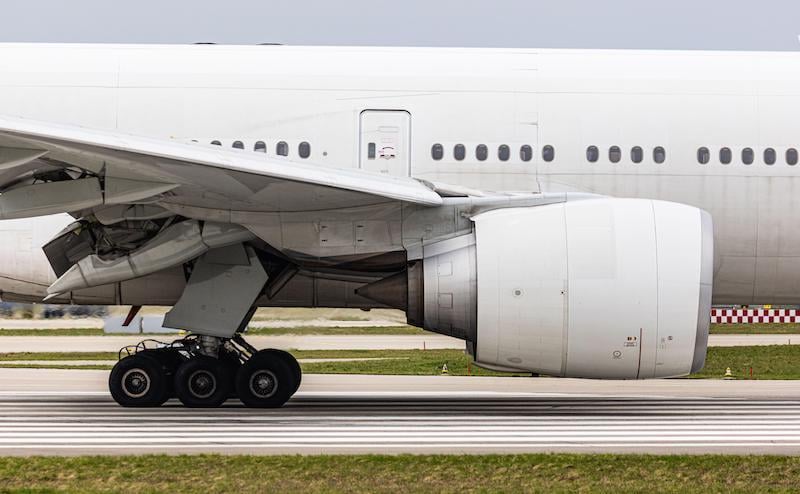
The GE90 returned to 100% equivalent 2019 utilization back in early 2024.
Credit: dieBildmanufaktur.ch/Alamy Stock Photo
Aviation Week’s Aero-Engines Europe (Sept. 10-11, Amsterdam) is rapidly approaching, and with that in mind, this week’s Flight Friday looks at the flight cycles of specific engines powering widebody aircraft, comparing them to the equivalent month in 2019. General Electric (GE) accounts for three of...
Subscription Required
This content requires a subscription to one of the Aviation Week Intelligence Network (AWIN) bundles.
Schedule a demo today to find out how you can access this content and similar content related to your area of the global aviation industry.
Already an AWIN subscriber? Login
Did you know? Aviation Week has won top honors multiple times in the Jesse H. Neal National Business Journalism Awards, the business-to-business media equivalent of the Pulitzer Prizes.





